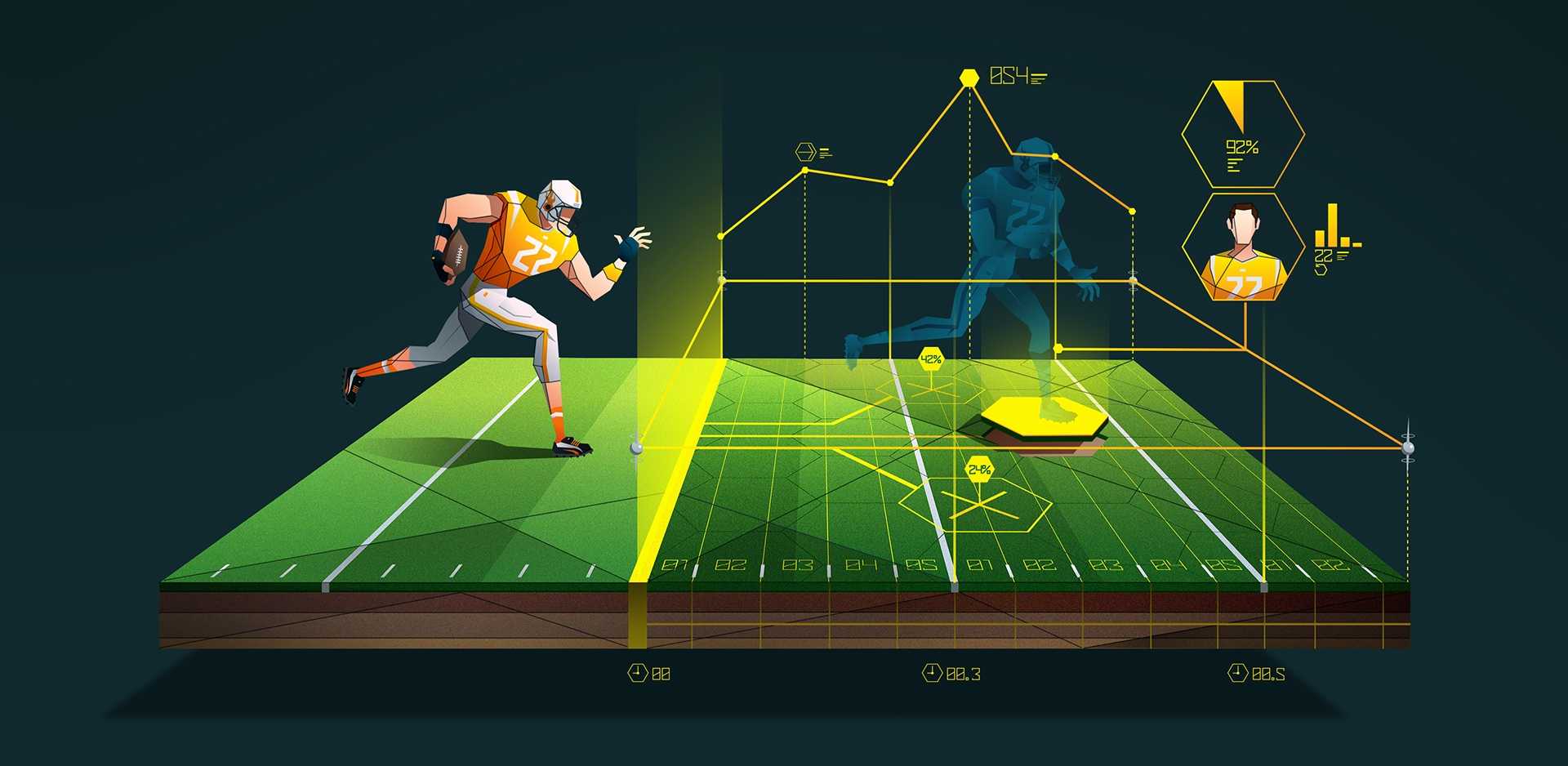
From amateur matches to the pros, artificial intelligence is revolutionizing performance across every sport. Athletes now use data-fueled insights to perfect techniques and strategy while avoiding injury. Media leverages automation to provide personalized, immersive viewing experiences for billions of fans worldwide. Stadiums filled with phones and fitness trackers generate more live analytics than ever for optimizing teams and leagues. Yet as smart capabilities accelerate, so too should diligence around ethics.
On the professional courts and fields, sensors track players to create digital doppelgangers mimicking biomechanics. Utility player avatars simulate hypothetical line-up effectiveness for MLB coaches. Boxers study fight prediction models discerning tendencies from prior bouts. When live, sensor-packed uniforms monitor fatigue while computer vision tracks exertion. Real-time feedback helps athletes pace strategically and staff gauge substitution needs.
Refining individual techniques relies heavily on reviewing play recordings from various angles. However, manually detecting improvement opportunities across hours of footage proves impractical. Instead, algorithms annotate impactful events like strokes, tackles and passes with contextual performance metrics. They alert analysts to suboptimal situations for further breakdowns. Pattern identification exposes flaws otherwise persisting unnoticed.
Preventing injuries remains paramount for careers and long-term health. Historical records reveal risk factors like age, prior wounds and playing styles. Models determine the intersection of these indicators with court surfaces, practice loads and other variables to estimate likelihoods of specific players getting hurt. These projections inform preventative interventions like targeted strength training. Analyses can also indicate safer techniques given individual athlete constraints.
While optimizing on-field outcomes, AI also enhances fan engagement starting with broadcast footage. Machine learning automatically tracks players across frames enabling virtual graphics showing trajectories, speeds and distances. Spatial coordinates anchor augmented reality overlays with enhanced statistics onto live video. Announcer assistants access real-time facts and historical comparisons on demand. Post-production automation stitches together compelling highlight reels from the raw feeds.
Personalized streaming goes further by allowing viewers to select alternative camera angles, metrics-based graphics, language preferences and accessibility features. Recommendation algorithms queue future event suggestions based on integrated league, team and player data plus individual viewing habits. Behind the scenes, sentiment analysis guides marketing and public relations strategies based on social media conversations and ticket sales data trends.
As the information technology transforming athletics and fandom advances, so too should governance guiding ethical progress. Privacy and security loom large as biometric monitoring data exposes medical vulnerabilities. Disparities in access to analytics advantages between teams and leagues could widen already drastic competitive gaps. Misrepresenting predictive model confidence intervals to players mistrusts them as partners in safety and success initiatives. Prioritizing responsible innovation rewards everyone invested in sports progress.
Athletic prowess springs from human dedication, creativity and courage. Technology merely unlocks more potential, and whether on the field or in the stands, the human element persists as the heart of sports. AI should therefore enhance, not aim to replace, the cultural experience connecting us through shared displays of skill and teamwork. If developed conscientiously, integrated intelligently and distributed equitably, advanced information systems promise safer, more inclusive and more thrilling sports for all involved far into the future.

